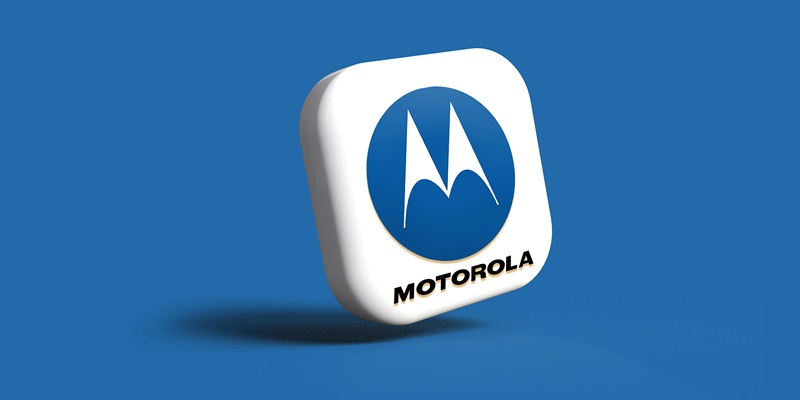Motorola has introduced its latest mid-range smartphone, the Moto G55 5G, promising to deliver advanced features at a budget-friendly price point of under €250. Positioned as a successor to the Moto G54 5G, which sold for approximately $158.46, the Moto G55 5G offers substantial upgrades, including a more powerful processor and faster charging capabilities. It also debuts alongside the Moto G35 5G, but with a €50 price difference, making it a significantly better value proposition for consumers looking for enhanced performance and features without breaking the bank.
The Moto G55 5G is underpinned by the MediaTek Dimensity 7025 chipset, built on a 6 nm process. This advanced chipset includes ARM Cortex-A78 and Cortex-A55 CPU cores, providing a notable performance uplift over its predecessors. The device’s 5,000 mAh battery supports 30 W wired charging, although it lacks wireless charging options. The peak charging rate of 30 W is double that of the Moto G54 5G, allowing for much quicker battery replenishment. These hardware improvements make the Moto G55 5G a compelling choice in the mid-range market, especially for users prioritizing efficiency and speed.
Performance and Hardware Enhancements
At the heart of the Moto G55 5G is the MediaTek Dimensity 7025 chipset, a significant leap forward in processing power compared to previous models. Built on a 6 nm process, the chipset incorporates ARM Cortex-A78 and Cortex-A55 CPU cores, designed to handle both demanding applications and everyday tasks with ease. This chipset not only enhances the phone’s overall performance but also contributes to its energy efficiency, allowing users to get more out of their device throughout the day.
Battery life is a crucial aspect for many smartphone users, and the Moto G55 5G addresses this with a robust 5,000 mAh battery. This sizeable battery capacity ensures that the device can endure through heavy usage without needing frequent recharges. Additionally, the phone supports 30 W wired charging, significantly faster than the 15 W charging found in its predecessor, the Moto G54 5G. This means that users can achieve a full charge in a much shorter time, reducing downtime and keeping the device ready for use. However, it’s worth noting that the device does not support wireless charging, a feature some might miss but is often absent in mid-range devices.
Display and Camera Capabilities
The Moto G55 5G is fitted with a 6.49-inch IPS display, offering a full HD+ resolution of 1080p. This, combined with a 120 Hz refresh rate and a 20:9 aspect ratio, delivers smooth and vibrant visuals, enhancing the user experience whether scrolling through social media, gaming, or streaming videos. The high refresh rate ensures seamless transitions and a fluid feel, particularly beneficial for gaming and fast-paced applications.
When it comes to photography, the Moto G55 5G is equipped to deliver versatile and high-quality shots. The primary camera is a 50 MP shooter that includes optical image stabilization (OIS), a feature that helps in producing sharper images by reducing blur from shaky hands or minor movements. Accompanying the main camera is an 8 MP ultra-wide-angle lens, which allows users to capture broader scenes without losing detail. The 16 MP front-facing camera provides clear and detailed selfies, catering to those who enjoy capturing moments on the go. Together, these features make the Moto G55 5G a well-rounded option for photography enthusiasts on a budget.
Memory, Storage, and Availability
Motorola has unveiled its latest mid-range smartphone, the Moto G55 5G, offering advanced features at an affordable price of under €250. As a successor to the Moto G54 5G, which cost around $158.46, the new Moto G55 5G brings significant upgrades, such as a more powerful processor and faster charging capabilities. It launches alongside the Moto G35 5G, but with a €50 price difference, making it a great value for consumers seeking enhanced performance without breaking the bank.
Powered by the MediaTek Dimensity 7025 chipset, built on a 6 nm process, the Moto G55 5G features ARM Cortex-A78 and Cortex-A55 CPU cores, delivering improved performance over previous models. It boasts a 5,000 mAh battery that supports 30 W wired charging, though it lacks wireless charging options. With a peak charging rate of 30 W, double that of the Moto G54 5G, users can enjoy quicker battery replenishment. These hardware enhancements make the Moto G55 5G an attractive option in the mid-range market, perfect for users who prioritize efficiency and speed while staying on budget.

